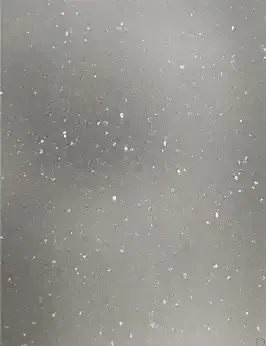Understanding the Types and Applications of PVC Welding Wire in Industrial Manufacturing
Understanding PVC Welding Wire Properties, Uses and Benefits
PVC (Polyvinyl Chloride) welding wire is a specialized type of wire used in the process of welding PVC materials, widely recognized for its versatility and durability. This wire plays a crucial role in various industries where the seamless joining of PVC components is necessary, whether in manufacturing, construction, or maintenance. This article delves into the properties, applications, and benefits of PVC welding wire, shedding light on its significance in modern applications.
Properties of PVC Welding Wire
PVC welding wire is characterized by its unique composition that entails a mixture of PVC and other additives to enhance its performance. One of the key properties of PVC welding wire is its flexibility, which allows it to smoothly merge with different PVC surfaces. This flexibility is crucial for applications that require intricate designs or components that are subject to movement and stress.
Another significant property of PVC welding wire is its excellent adhesion capabilities. When heated, the wire melts and adheres to the PVC surfaces, creating a strong bond that is resistant to environmental factors such as moisture and chemicals. The welding wire is also available in various colors and thicknesses, making it adaptable to a range of applications and aesthetic requirements.
Applications of PVC Welding Wire
PVC welding wire is extensively used in various industries. In the manufacturing sector, it is often utilized for welding PVC tarpaulins, banners, and awnings. The ability to create strong, waterproof seams makes this wire a preferred choice for outdoor applications.
In the construction industry, PVC welding wire is employed for joining PVC pipes and fittings. Given the prevalence of PVC in plumbing and drainage systems due to its lightweight and corrosion-resistant nature, PVC welding wire becomes an essential tool for ensuring the integrity of these systems. It allows for tight seals which help prevent leaks, a crucial aspect in construction projects.
pvc welding wire

Another notable application is found in the automotive industry, where PVC is commonly used in interior and exterior components. PVC welding wire assists in creating smooth finishes and durable bonds that enhance the longevity and aesthetic appeal of vehicles. Additionally, it is suitable for various consumer products, including inflatable items, luggage, and toys.
Benefits of PVC Welding Wire
The use of PVC welding wire comes with numerous benefits. Primarily, it offers a cost-effective solution for joining PVC components, reducing the need for extensive mechanical fastening systems. It streamlines the manufacturing process, saving time and labor costs.
Moreover, the strong and waterproof bonds formed by PVC welding wire ensure durability and reliability of products. This is especially important in applications subjected to harsh environmental conditions. By using PVC welding wire, manufacturers can guarantee that their products will withstand rigorous usage without failure.
Another advantage is the ease of application. Welding PVC with this wire is generally a straightforward process, requiring minimal specialized training. Additionally, the welding process generates less waste compared to some traditional joining methods, making it an environmentally friendly choice.
Conclusion
In conclusion, PVC welding wire is an invaluable resource across various industries, providing a reliable method for joining PVC materials. Its unique properties, wide range of applications, and numerous benefits make it a key element in modern manufacturing and construction practices. As industries continue to innovate and focus on efficiency, the relevance of PVC welding wire is bound to grow, cementing its place as a crucial component in the realm of materials engineering.
-
SPC FlooringJun.24,2025
-
Bathroom Wall CoveringsJun.24,2025
-
Why Dry Back LVT Flooring Is the Smart Choice for Modern InteriorsJun.05,2025
-
Transform Your Interiors with Elegant Luxury Vinyl Flooring OptionsJun.05,2025
-
The Rise of SPC Vinyl Flooring: A Modern Solution for Durable and Stylish SpacesJun.05,2025
-
Click LVT Flooring: The Perfect Blend of Style, Strength, and SimplicityJun.05,2025




